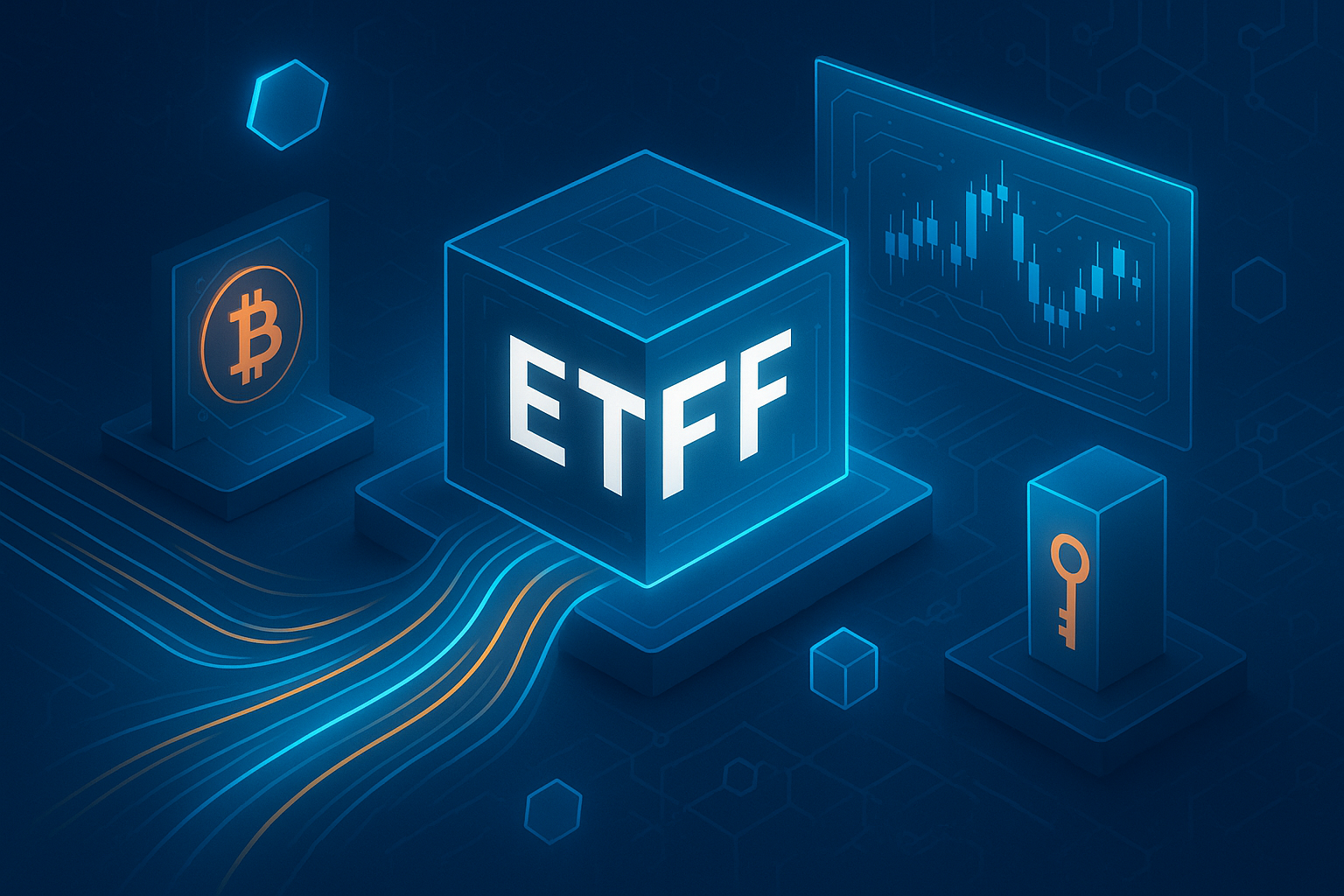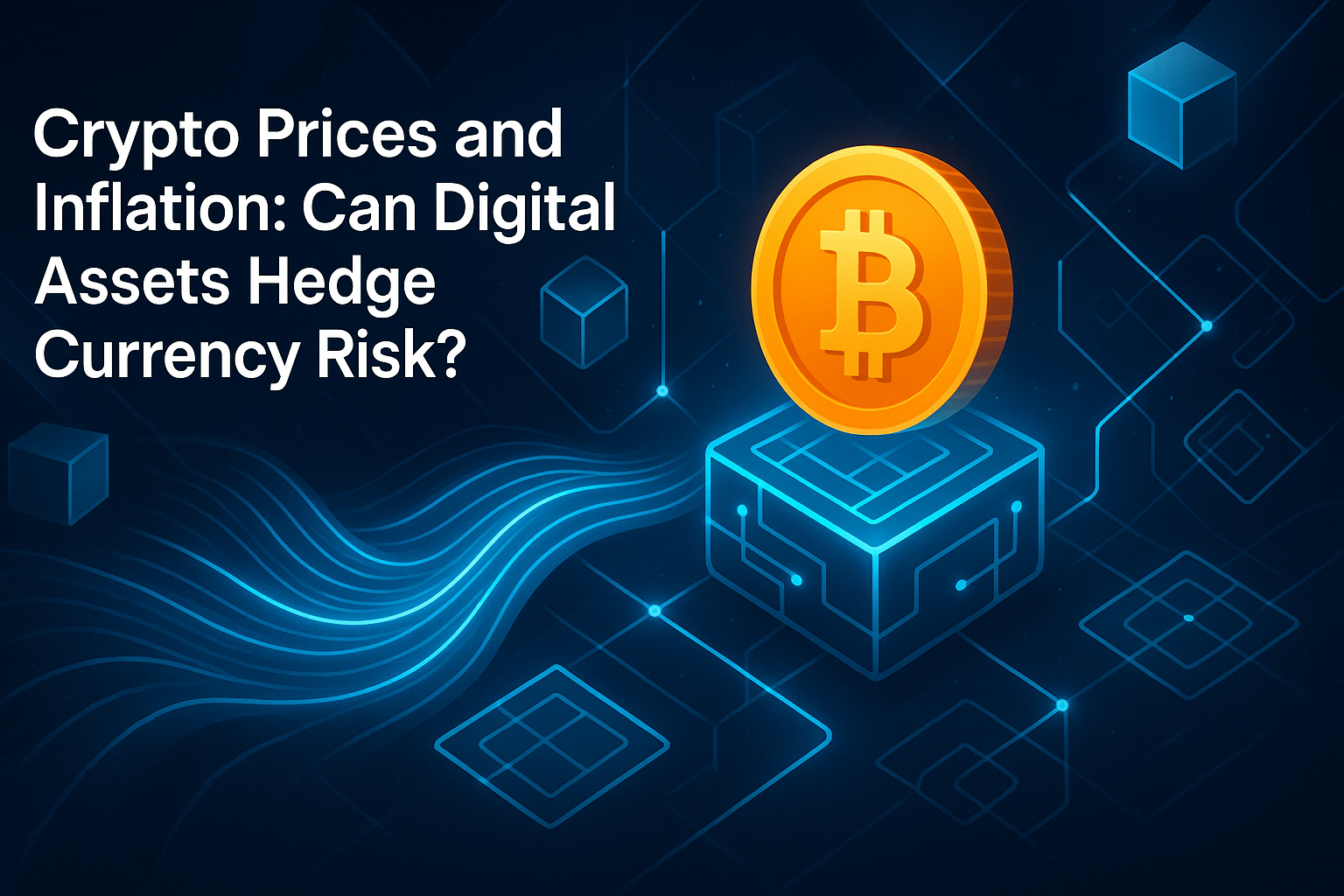In the current milieu of persistent inflationary pressures, which have reached notable heights globally, institutional investors and professional traders increasingly reconsider the role of cryptocurrencies in their financial strategies. As fiat currencies face devaluation due to broad monetary policies, supply chain disruptions, and geopolitical tensions, digital assets are garnering attention as potential hedges against currency risk. This multifaceted discourse delves into whether cryptocurrencies can serve effectively as buffers against inflation and currency depreciation, emphasizing market dynamics and investment flows that are reshaping the landscape.
Historically, Bitcoin has been compared to "digital gold," a concept that resonates vividly given the shifts in traditional inflation hedges such as gold itself. With Bitcoin (BTC) currently trading around $68,000, up approximately 35% year-to-date, it’s relevant to examine its performance in conjunction with persistent consumer price index (CPI) inflation, which stood at a robust 7.4% year-over-year as of March 2025. Such high inflation metrics have led to the consideration of cryptocurrencies not merely as speculative assets but as vital components of diversified investment portfolios.

In recent months, the correlation of major cryptocurrencies with inflation indicators paints a complex picture. Bitcoin has demonstrated a positive correlation with monthly CPI changes, with a coefficient of approximately 0.65 over the previous year, suggesting that movements in inflation rates may influence Bitcoin's price trajectory. Meanwhile, Ethereum (ETH), trading at around $4,500, has exhibited similar albeit slightly weaker correlations with inflation, indicative of its broader utility within decentralized finance (DeFi) and non-fungible tokens (NFTs).
In our technical analysis of the top cryptocurrencies, key metrics such as the 50-day and 200-day moving averages have turned bullish, confirming a sustained upward trend in prices. The Relative Strength Index (RSI) for Bitcoin is currently at 71.2, indicating that BTC is nearing overbought territory, which could mean an adjustment or correction may be on the horizon. Market sentiment, meanwhile, remains predominantly bullish, reflecting investor optimism buoyed by historic price action and increasing institutional adoption.

Institutional interest in cryptocurrencies continues to ramp up, driven by the quest for portfolio diversification amidst a volatile macroeconomic backdrop. As of early 2025, institutional investment in digital assets reached over $30 billion, a number spurred by allocations from hedge funds, pension funds, and corporate treasury holdings. Notably, firms like MicroStrategy and Tesla have prominently featured cryptocurrency in their asset strategies, with MicroStrategy holding over 140,000 BTC valued at approximately $9.52 billion—an investment that has generated significant alpha over traditional equities.
Catering to institutional demands, we have seen the emergence of cryptocurrency exchange-traded funds (ETFs) and tailored custodial solutions like Fidelity’s recent custody services for digital assets. The diversification of investment products indicates a maturation of the crypto market, allowing institutions to navigate regulatory frameworks while gaining exposure to digital assets. These innovations support cryptocurrencies' potential to act as effective inflation hedges.

Technological infrastructure improvements play a critical role in cryptocurrency adoption, especially under inflationary conditions. Scalability solutions like Bitcoin's Lightning Network and Ethereum's transition to a proof-of-stake consensus mechanism have become essential considerations as the usage of digital assets expands. Layer 2 solutions enhance transaction speeds and reduce costs, making cryptocurrencies more attractive as potential stores of value and mediums of exchange. Ongoing regulatory developments also contribute to this landscape, shaping the technology infrastructure vital for institutional investment. Aligning with international standards, regulators are beginning to provide clearer guidelines that empower institutional investors to engage with cryptocurrencies responsibly.
Albeit the potential of cryptocurrencies as inflation hedges, risk assessments are imperative given the inherent price volatility and market dynamics. Bitcoin, for instance, has exhibited significant volatility, with daily price fluctuations averaging around 5.6% over the past year. This volatility can derail the hedging strategy if not appropriately managed. Additionally, the macroeconomic environment—including the recent shifts in interest rate policy by central banks, which have seen the U.S. Federal Reserve raise rates to 5.25%—can considerably affect crypto price movements. Investors must also navigate regulatory risks which could materially impact cryptocurrency pricing and broader market sentiment.

In the context of liquidity, cryptocurrencies have shown varying degrees of market depth. During periods of economic stress, the liquidity constraints can be pronounced, impacting price stability. Examples from the past—such as liquidity freezes during the dramatic downturn in crypto markets in late 2022—illustrate the vulnerable nature of liquidity in digital assets compared to traditional inflation hedges like gold.
Comparatively assessing the performance of cryptocurrencies against traditional inflation hedges also offers insights into their potential as diversifiers in institutional portfolios. Over the last decade, Bitcoin's price has surged by over 1,200%, significantly outpacing gold, which has risen approximately 45% in the same timeframe. Additionally, a comparative analysis shows that Bitcoin had a correlation of 0.4 with treasury inflation-protected securities (TIPS), indicating a moderate relationship that could be appealing for institutional investors seeking to hedge against inflation.

The exploration of behavioral economics reveals crucial insights into how market psychology may influence crypto trading patterns during inflationary periods. Investor sentiment is volatile during economic uncertainty; patterns of panic selling often emerge alongside fear-driven market behavior. Conversely, 'HODLing' behavior—where investors hold Bitcoin and other cryptocurrencies despite adverse conditions—has shown resilience during prior market turmoil.
Looking forward, projections for the cryptocurrency market suggest further integration into mainstream financial systems, especially in light of continuing inflationary concerns. Analysts anticipate that as inflation rates remain elevated above the historical average of around 2%, the demand for diversifying investments, including cryptocurrencies, will intensify. Innovations like programmable money that utilize smart contracts could change the hedging landscape, offering dynamic strategies that align closely with evolving inflation trends.

Strategically, institutional investors should consider digital assets as foundational components of diversified portfolios aimed at mitigating inflation risk. Given the persistent inflationary environment alongside growing digital adoption, allocating a calculated percentage—between 3-5% of total assets—into cryptocurrencies might enhance the resilience of investment strategies. This natural inclination towards innovation could be buttressed by ongoing liquidity enhancements, developmental frameworks, and the clarifying role of regulatory bodies.
Engaging with cryptocurrencies as they become increasingly pivotal in the global financial landscape is paramount. The capability of digital assets to navigate complexities surrounding inflation will define their role as effective hedging instruments. Consequently, as institutional investors critically assess their frameworks, aligning strategies with macroeconomic indicators and market behaviors remains essential for capitalizing on the emerging opportunities presented by cryptocurrencies.
The time has come for institutions to embrace this new frontier, cognizant of both potential rewards and inherent challenges, all while focusing on long-term objectives in navigating a financial landscape reshaped by inflation and digital innovation.
